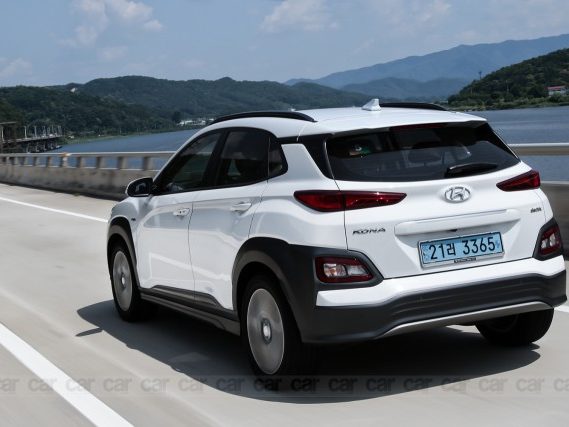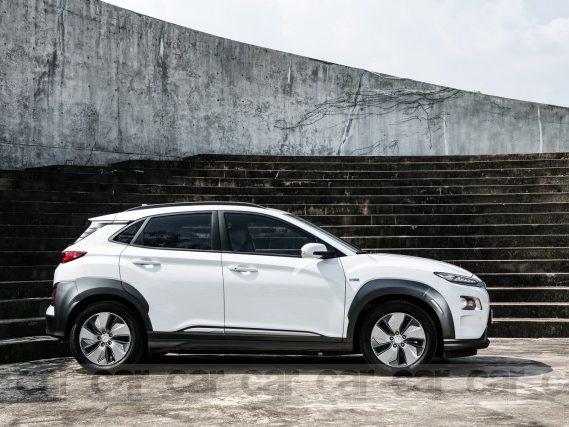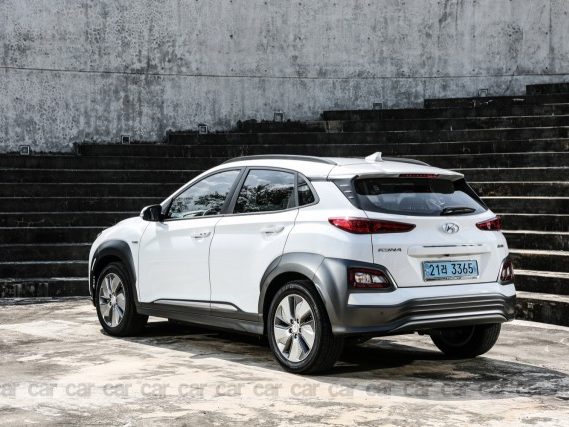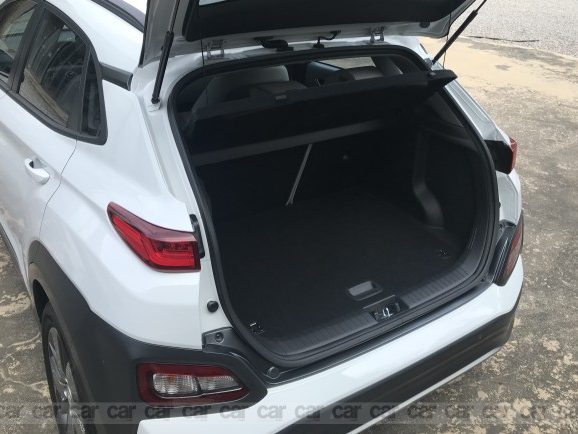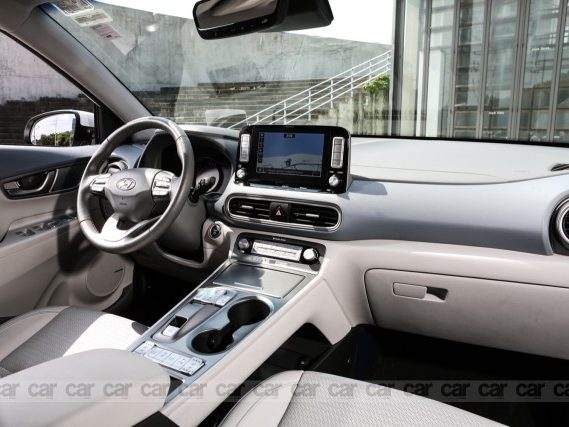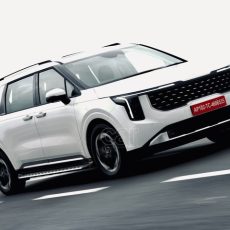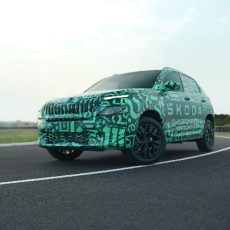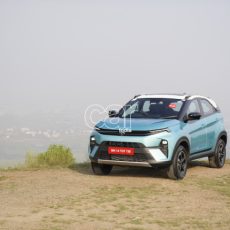A detailed drive review of the Hyundai Kona, the all-electric SUV that has recently been launched in India priced at Rs 25.30 lakh.
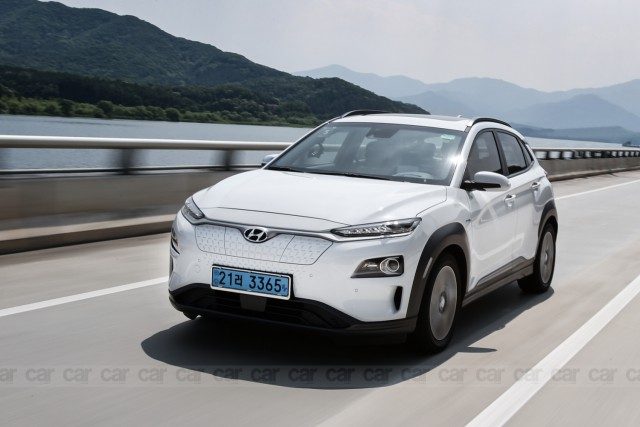
The Hyundai Kona electric is being imported from Japan and assemble at their Chennai car manufacturing plant in India. This is why Hyundai Motor India has priced the Kona e-SUV at Rs 25.30 lakh. Read on to find out if the electric SUV justifies the price tag.
We went to Hyundai’s headquarters in Korea to get a first-hand experience of the Hyundai Kona electric before it reaches our shores. I got to sample the more powerful 64.0 kWh battery pack with 150 kW (or 204 PS) motor variant but India might get the smaller 39.2 kWh battery pack with a 100kW (134 PS) motor.
(Also read: Hyundai Kona Electric launched in India)
Design and Size
It’s a striking design but steers away from being over the top, and that’s why it will appeal to a larger audience. In terms of size, it’s in between the Hyundai Venue and Creta with an overall length of 4180 mm. Its height of 1570 mm and 1800 mm width doesn’t make it too
The front gets sleek DRLs slicing through the corners of the bonnet and below it are the circular lamps. Interestingly, it doesn’t get a front grille, because the Hyundai Kona Electric doesn’t need a radiator. Hidden under a flap here is the electric charging socket but the whole unusual, plastic-
Our white car had all-around chunky black cladding which enhances the wheel arches and on the rear also encircles the parking lights. The 17-inch two-tone alloy wheels get an intricate design and look quite new-age. The boot-lid has an ‘electric’ badge announcing the car’s green DNA. The narrow tail lamps are nice and bright, and the rear design is completed with an integrated spoiler.
Cabin and Interior
As I slide on to the driver’s seat I realise that barring the powertrain and battery pack, practically everything else in an electric car is very similar to internal combustion engine powered car. So, adapting to the cabin took all of 10 seconds. Instead of a gear lever, the Hyundai Kona Electric gets four Drive Select buttons – Neutral, Drive, Reverse and Park. This is already seen in some modern cars on sale in our country.
Push the Start button and the car comes alive, sans the engine growl of course. Everything is so familiar that I select the drive and get going, without wasting much time. On tap is 395 Nm of torque, right from the word Go, which give it instant propulsion. The space up front is comfortable and there are a whole bunch of features on offer. The space at the back is rather tight with limited knee room and will be a cause of concern for chauffeur driven folk. It also has a very useable 330-litre luggage space with a practical, flat floor.
Features
There’s the very useful Head-up Display which displayed the satellite navigation’s turn-by-turn directions, and even the speed limit. The blind spot detection system beeps if it senses motorists coming in your path while changing driving lanes. There’s Hill Start Assist, autonomous emergency braking and even forward collision warning. Since getting used to left-hand drive cars takes a couple of miles, the Lane Assist and Lane Keep came to my rescue by keeping the Kona in the right line.
The steering on the Hyundai Kona Electric has the usual buttons for voice command, telephony and cruise control. The 8-inch touchscreen might seem to be smaller than usual but does a decent job of providing the necessary information. I found the dashboard design to be too plain-jane but couldn’t find any fault with the quality or finish. While driving alone one can save the battery charge by using the a-c only for the driver. The centre console gets a couple of cup holders and even a cubbyhole with a lid. The leather seats come with vents and offer good support.
Performance and Driving Modes
The Hyundai Kona Electric is so light and easy to drive, I think you might consider losing that chauffeur. The steering is light and easy to manoeuvre, though driving enthusiasts might demand more feel and feedback. It also gets three driving modes. The most used is the default Comfort which is ideal for city use, with just the right throttle response during regular driving. Eco mode gets boring beyond a point and is best left for lazy cruising or when you fear running out of battery range.
Sport is actually fun and can even induce wheel-spins if you go aggressive with the throttle. There’s instant power on the tap and you’ll be pinned to your seat. In fact, this more powerful Korean version is lightning fast, to say the least, and Hyundai claims that it can reach 0-100km/h in just 7.6 seconds and at speed of 167 km/h. It seems possible in Sport mode but it might seem too aggressive while negotiating traffic, so I preferred to used Comfort with city limits.
Ride And Handling
The Hyundai Kona Electric handles like a proper car as well, but you do get a sense of heaviness during quick lane changes, thanks to the battery stacks. The ride during low speed isn’t a concern, but drive it fast over broken roads and it feels stiff and even bouncy. We have a feeling Hyundai will try and address this issue with the Indian version of the Hyundai Kona EV.
Another interesting feature is the three-level adjustable brake energy regeneration which can be managed by a set of paddle-shifters. Using this nifty feature I could switch from level one to three of regen. Basically, it acts like engine braking and slows down the car (level ‘one’ being least and ‘three’ most intrusive) when I lift off the accelerator pedal. This means I could slow down the car using the paddle-shifters during traffic, without ever touching the brake. And this energy is used to charge the battery. The actual brakes work fine too but could do with a little more feel.
Range and Charging
The best aspect about the Hyundai Kona Electric
The more economical version with a smaller 39.2 kW battery which India is likely to get, promises a range of 289 km on a single charge, has a top speed of 155 km/h and does 0-100 km/h in 9.7 seconds – decent figures in their own right. In India Hyundai is providing buyers with a slow-charging unit which can be installed in their garages along with a long charging cable. Using it, the car can be fully charged in about 6 hours, while the 64 kW version I drove takes nine and a half hours. In India, the company is also planning to create an ecosystem starting with the installation of fast charging points at some of their dealerships and workstations where the Hyundai Kona Electric can be charged in under an hour!
Conclusion
Living with an all-electric car like the Hyundai Kona Electric in a city like Seoul was such a great experience with silky smooth roads, disciplined traffic and most importantly having charging stations across the city, in places like offices, restaurants and even hotel parking. With the Indian government’s push for electric cars, I really hope we manage to create an equally well-developed ecosystem for EVs.




